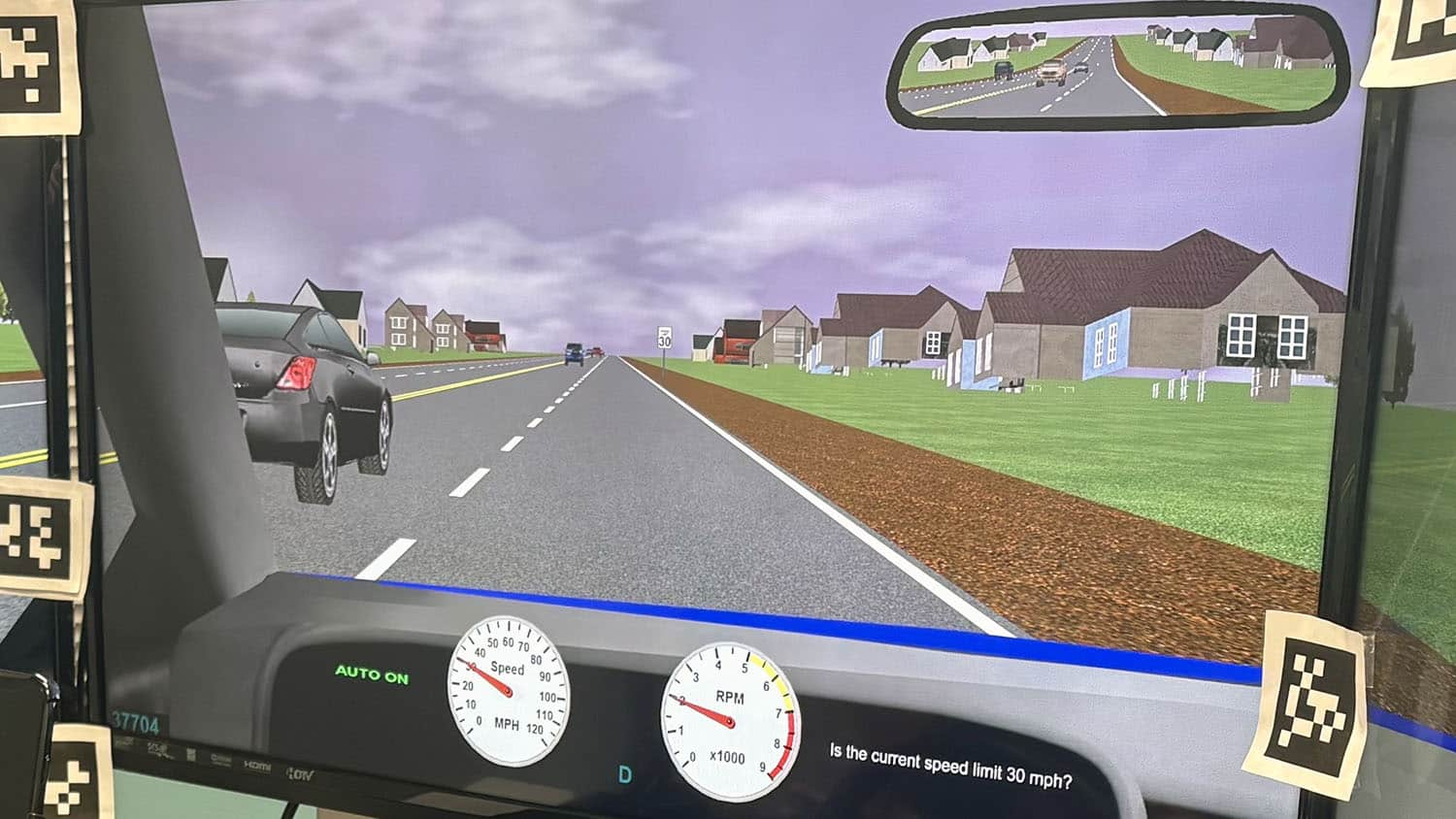For Immediate Release
A new study focused on wearable health monitors underscores an entrenched problem in the development of new health technologies – namely, that a failure to understand race means the way these devices are developed and tested can exacerbate existing racial health inequities.
“This is a case study that focuses on one specific health monitoring technology, but it really highlights the fact that racial bias is baked into the design of many of these technologies,” says Vanessa Volpe, co-author of the study and an associate professor of psychology at North Carolina State University.
“The way that we understand race, and the way that we put that understanding into action when developing and using health technologies, is deeply flawed,” says Beza Merid, corresponding author of the study and an assistant professor of science, technology, innovation and racial justice at Arizona State University.
“Basically, the design of health technologies that purport to provide equitable solutions to racial health disparities often define race as a biological trait, when it’s actually a social construct,” Merid says. “And the end result of this misunderstanding is that we have health technologies that contribute to health inequities rather than reducing them.”
To explore issues related to the way the development and testing of health tech can reinforce racism, the researchers focused specifically on photoplethysmographic (PPG) sensors, which are widely used in consumer devices such as Fitbits and Apple watches. PPG sensors are used in wearable technologies to measure biological signals, such as heart rate, by sending a signal of light through the skin and collecting data from the way in which the light is reflected back to the device.
For the study, the researchers drew on data from clinical validation studies for a wearable health monitoring device that relied on PPG sensors. The researchers also used data from studies that investigated the ways in which skin tone affects the accuracy of PPG “green light” sensors in the context of health monitoring. Lastly, the researchers looked at wearable device specification and user manuals and data from a lawsuit filed against a health technology manufacturer related to the accuracy of technologies that relied on PPG sensors.
“Essentially, we synthesized and interpreted data from each of these sources to take a critical look at racial bias in the development and testing of PPG sensors and their outputs, to see if they matched guidelines for responsible innovation,” Volpe says.
“These studies identified challenges with PPG sensors for people with darker skin tones,” says Merid. “We drew on scholarship exploring how innovative technologies can reproduce racial health inequities to dig more deeply into how and why these challenges exist. Our own expertise in responsible innovation and structural racism in technology guided our approach. If people are developing technologies with the goal of reducing harm to people’s health, how and why do these technologies end up with flaws that can exacerbate that harm?”
The findings suggest there are significant challenges when it comes to “race correction” in health technologies.
“Race correction” is a broad term that applies not only to technologies, but also involves correcting or adjusting health risk scores used to make decisions about the relative risk of disease and the allocation of health care resources.
“Race correction assumes that we can develop technologies or health risk scoring algorithms to first quantify and then ‘remove’ the effect of biological race from the equation,” says Merid. “But doing so assumes race is a biological difference that needs to be corrected for to achieve equitable health for all. This prevents us from treating the real thing that needs to be corrected – the system of racism itself (e.g., differential treatment and access to health care, systematic socioeconomic disenfranchisement).”
“For example, many – if not most – health technologies that use PPG sensors claim to be designed for use by everyone,” Volpe says. “But in reality those technologies are less accurate for people with darker skin tones. We argue that the systematic exclusion and erasure of those with darker skin tones in the development and testing of wearable technologies that are supposed to democratize and improve health for all can be a less visible form of race correction. In other words, the development process itself reflects the system of racism. The end result is a technological ‘solution’ that fails to deliver equity and is instead characteristic of the very system that created the problem.
“Race corrections assume that we have to make adjustments based on race as a biological construct,” Volpe says. “But we should be adjusting racism as a system so that the technologies developed work and are responsible and equitable for everyone – in both their development and their consequences.”
“Innovation can introduce unintended consequences,” Merid says. “Rather than coming up with a solution, you can potentially just introduce a new suite of problems. This is a longstanding challenge for trying to develop technological solutions to social problems.
“Hopefully, this work contributes to our understanding of the ways that race correction is problematic,” says Merid. “We also hope that this work advances the idea that assumptions about race in the health field are deeply problematic, whether we’re talking about health technology, diagnoses or access to care. Lastly, we need to be mindful about the ways in which emerging health technologies can be harmful.”
A paper on the study, “Race Correction and Algorithmic Bias in Atrial Fibrillation Wearable Technologies,” is published open access in the journal Health Equity.
-shipman-
Note to Editors: The study abstract follows.
“Race Correction and Algorithmic Bias in Atrial Fibrillation Wearable Technologies”
Authors: Beza Merid, Arizona State University; Vanessa Volpe, North Carolina State University
Published: Nov. 30, Health Equity
DOI: 10.1089/heq.2023.0034
Abstract: Stakeholders in biomedicine are evaluating how race corrections in clinical algorithms inequitably allocate health care resources on the basis of a misunderstanding of race-as-genetic difference. Ostensibly used to intervene on persistent disparities in health outcomes across different racial groups, these troubling corrections in risk assessments embed essentialist ideas of race as a biological reality, rather than a social and political construct that reproduces a racial hierarchy, into practice guidelines. This article explores the harms of such race corrections by considering how the technologies we use to account for disparities in health outcomes can actually innovate and amplify these harms. Focusing on the design of wearable digital health technologies that use photoplethysmographic sensors to detect atrial fibrillation, we argue that these devices, which are notoriously poor in accurately functioning on users with darker skin tones, embed a subtle form of race correction that presupposes the need for explicit adjustments in the clinical interpretation of their data outputs. We point to research on responsible innovation in health, and its commitment to being responsive in addressing inequities and harms, as a way forward for those invested in the elimination of race correction.
This post was originally published in NC State News.
- Categories:



